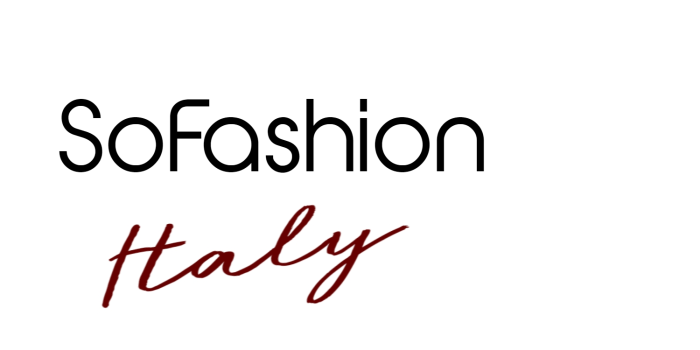
More and more often sustainability is being recognized as a serious issue even in the realm of fashion. The concept of sustainability refers to the fashion sector implying
an approach towards sourcing, manufacturing and designing clothes centered on minimizing the impact on the environment, as well as safeguarding the social communities involved in the productive process.
With an increasing demand from consumers for products which are environmentally sustainable, leading designers and major global brands have been undertaking the green direction, and advert campaigns are clearly portraying the new desire for responsibility and commitment towards the environment.
Fashion is known as one of the most polluting industry on the planet. It is a while since the various aspects related to the environmental impact of fashion have clearly emerged: among others are the use of highly polluting chemicals during the dyeing process; the enormous problems caused by micro plastics ending up in the oceans, derived from the laundering of synthetics textiles; the impossible management of tons of textile waste, generated every day by the low-cost, fast fashion system.
The current health crisis has accentuated the awarness of how much nature and human activities are interconnected, in a way where failure to respect the former has ever more catastrophic consequences for the latter.
The need for sustainability in the fashion sector has been a much shared feeling in the most recent months, and personalities, like Giorgio Armani, made clear statements on the need for change. When the epidemic was at its pick in Italy, the designer made an announcement about his willingness to reduce the number of annual releases and parades, partially or totally abolishing pre-collections. Armani pointed at the hyper-accelerated production model typical of the fast fashion, and its enormous consequences for the environment, highlighting the fact that luxury takes time to build, and, as such, it should be associated to pondered consumption, while the endless manufacturing cycle seriously harm both creativity and the planet. According to the designer, in such particular times
people will more often buy clothes that last, rather than fall in the usual craze consumption circle, and beauty and quality will be prominent again. In this new scenario, there are strategies that can be adopted by the whole of the fashion system in its complexity, in order to address the environmental concerns, and satisfy the increased demand for sustainability.
Actions being undertaken in this direction ranges from expanding the use of organic fibers to the promotion of chains of production that can prove respectfulness for the related natural and social environment. The
adoption of recycling policies by big and small players in the industry is already in place and widespread, and, on the other side, companies and individuals are getting ever more involved in the development of a circular economy in the sector – examples of which are the various online sites that offer the possibility to buy, sell, rent or exchange clothes and accessories. From its end, Italian fashion has all the cards to face the new challenge, even though it may not yet be aware of it, and still does not fully exploit this potential. In fact, the Italian production by its own nature, given the typical high quality standards, relies largely on natural materials, such as organic cotton, linen and silk. Furthermore, made in Italy garments, even in the case of ready-to-wear products, always have an added value from the point of view of both quality and aesthetics. Italian clothing represent unique pieces gifted with the characteristics of durability, not responding to the connotation of ‘disposable’ fashion that is nowadays so clearly associated with the fast fashion production.
